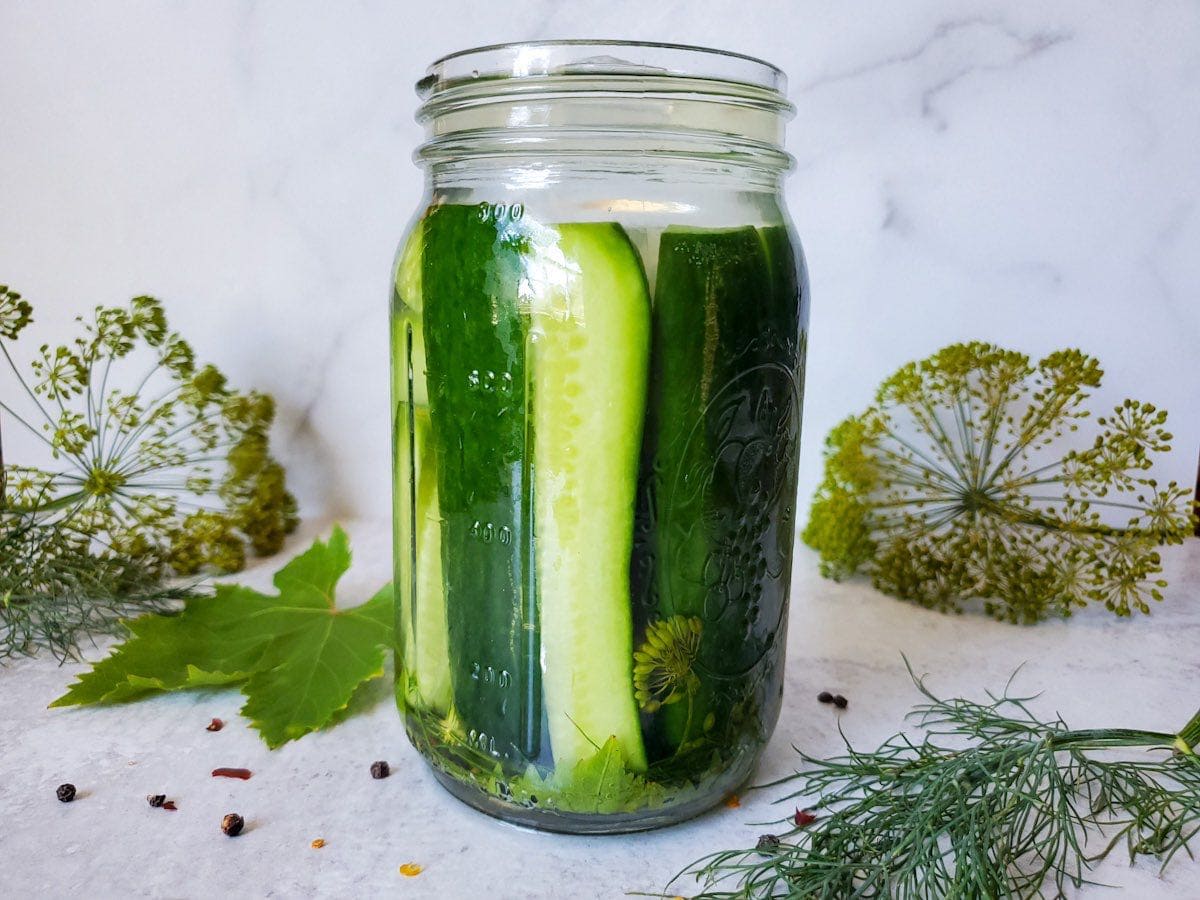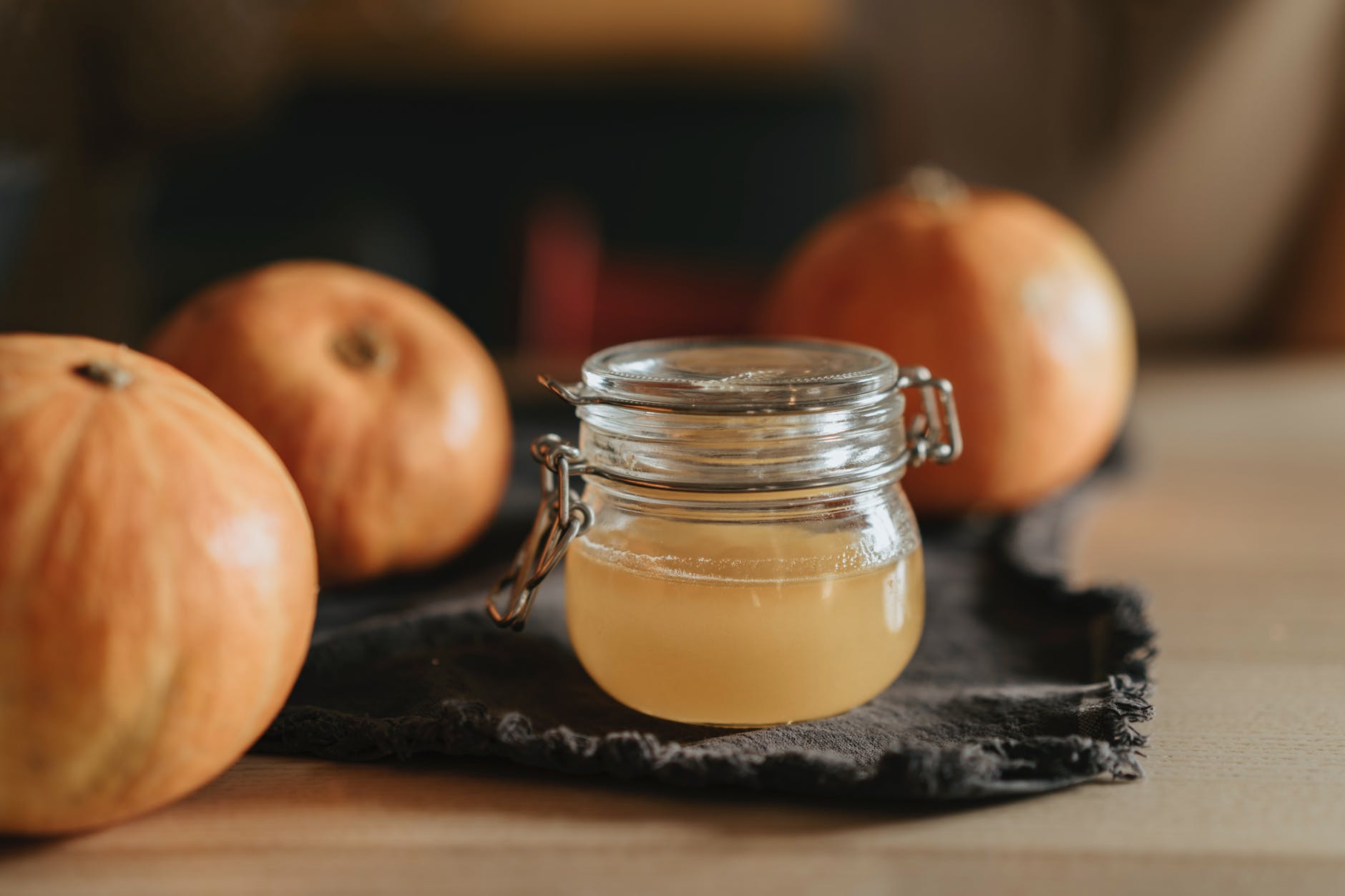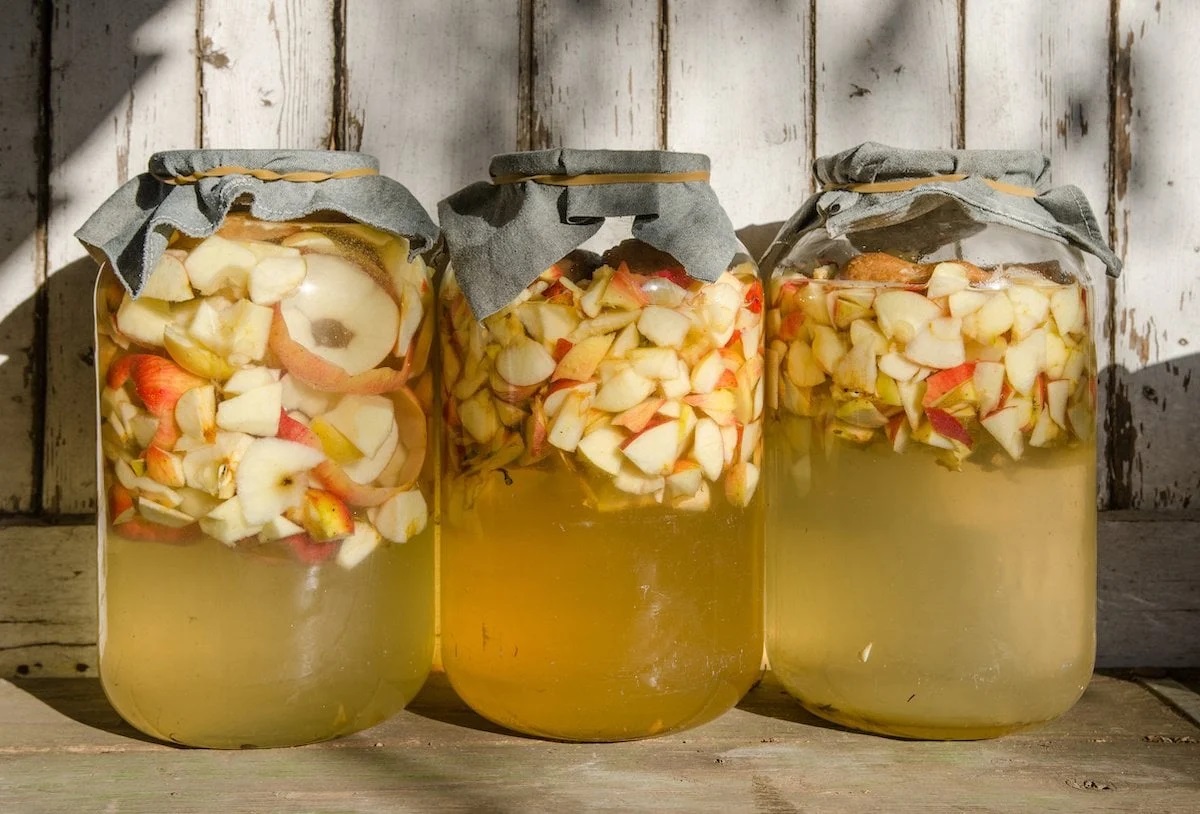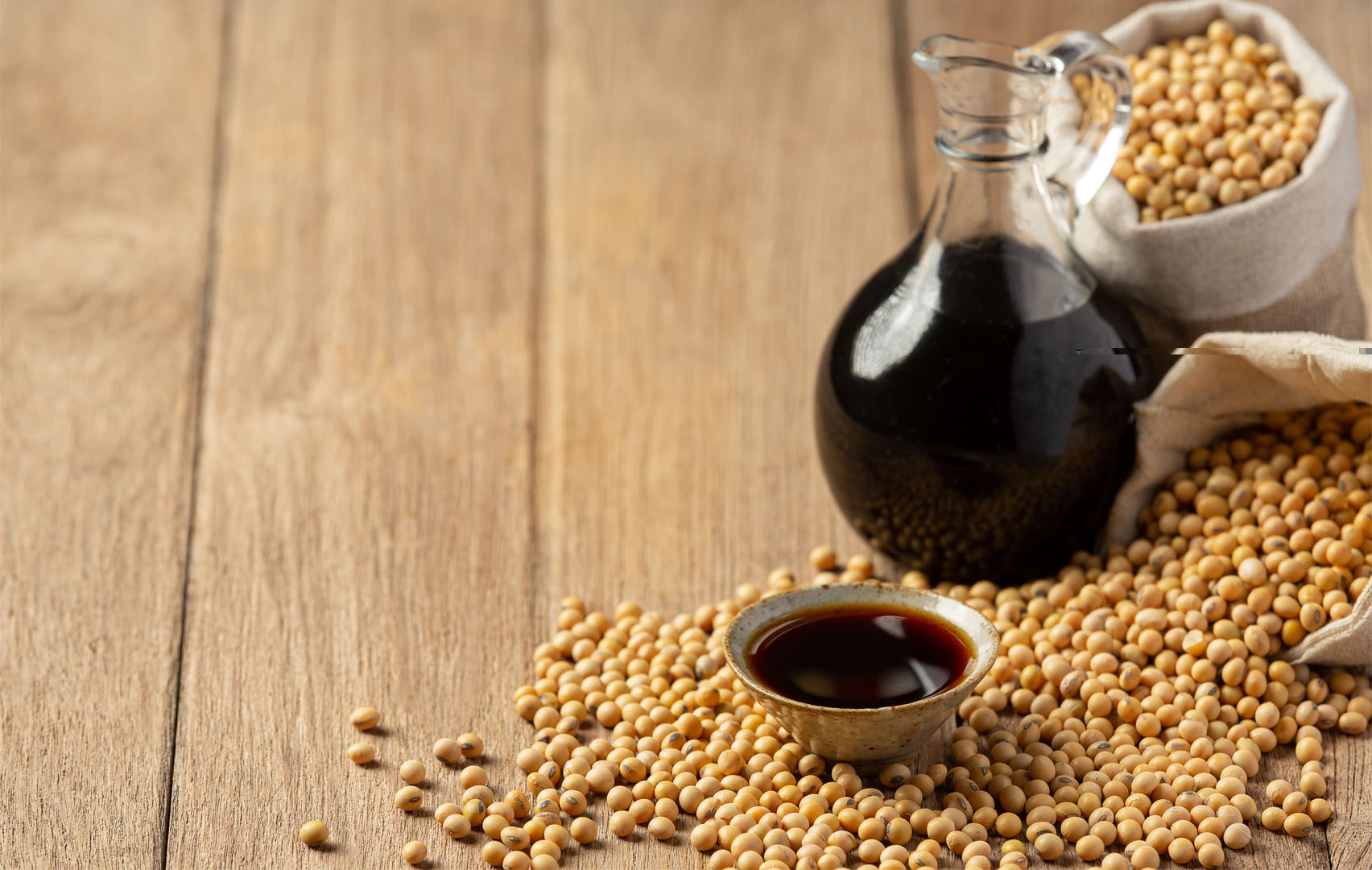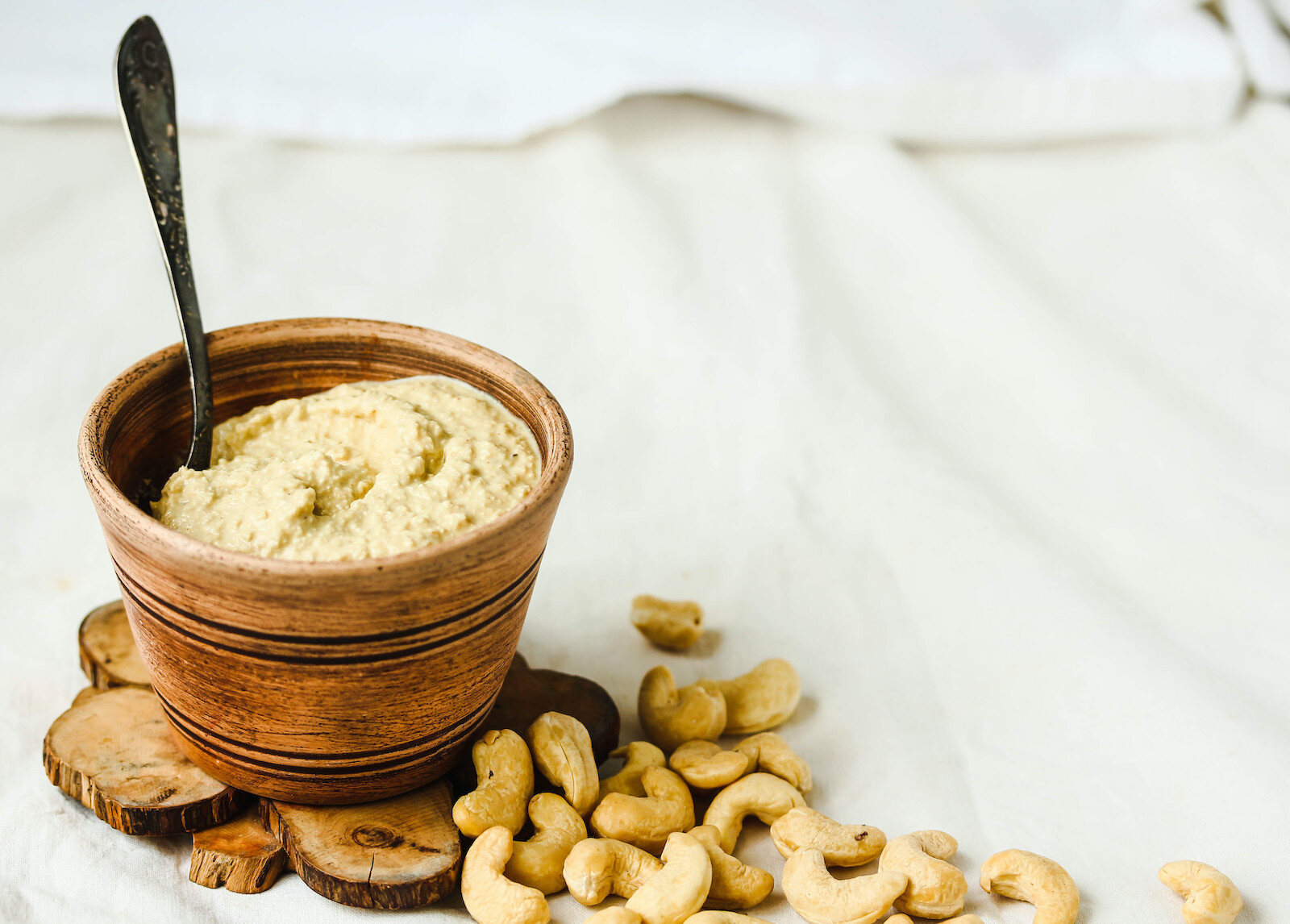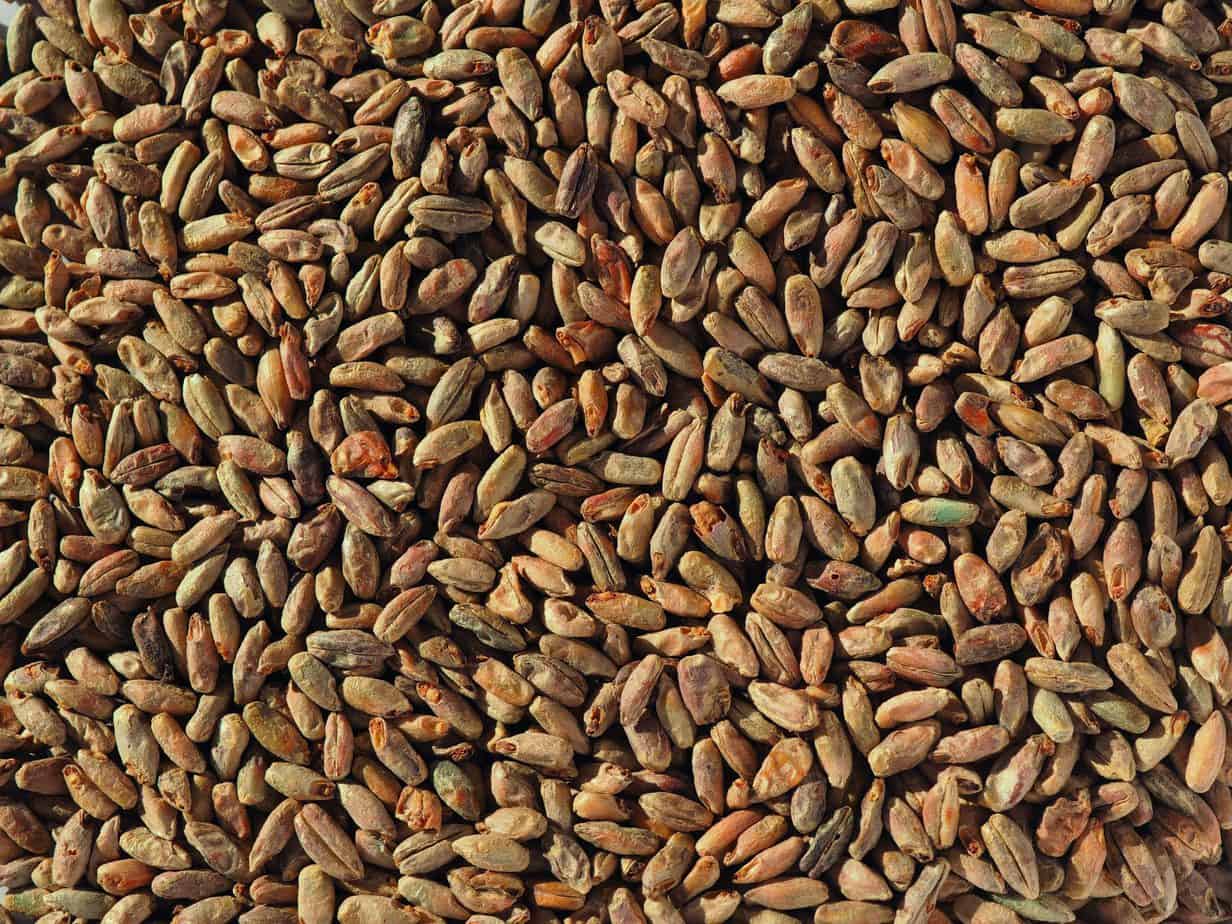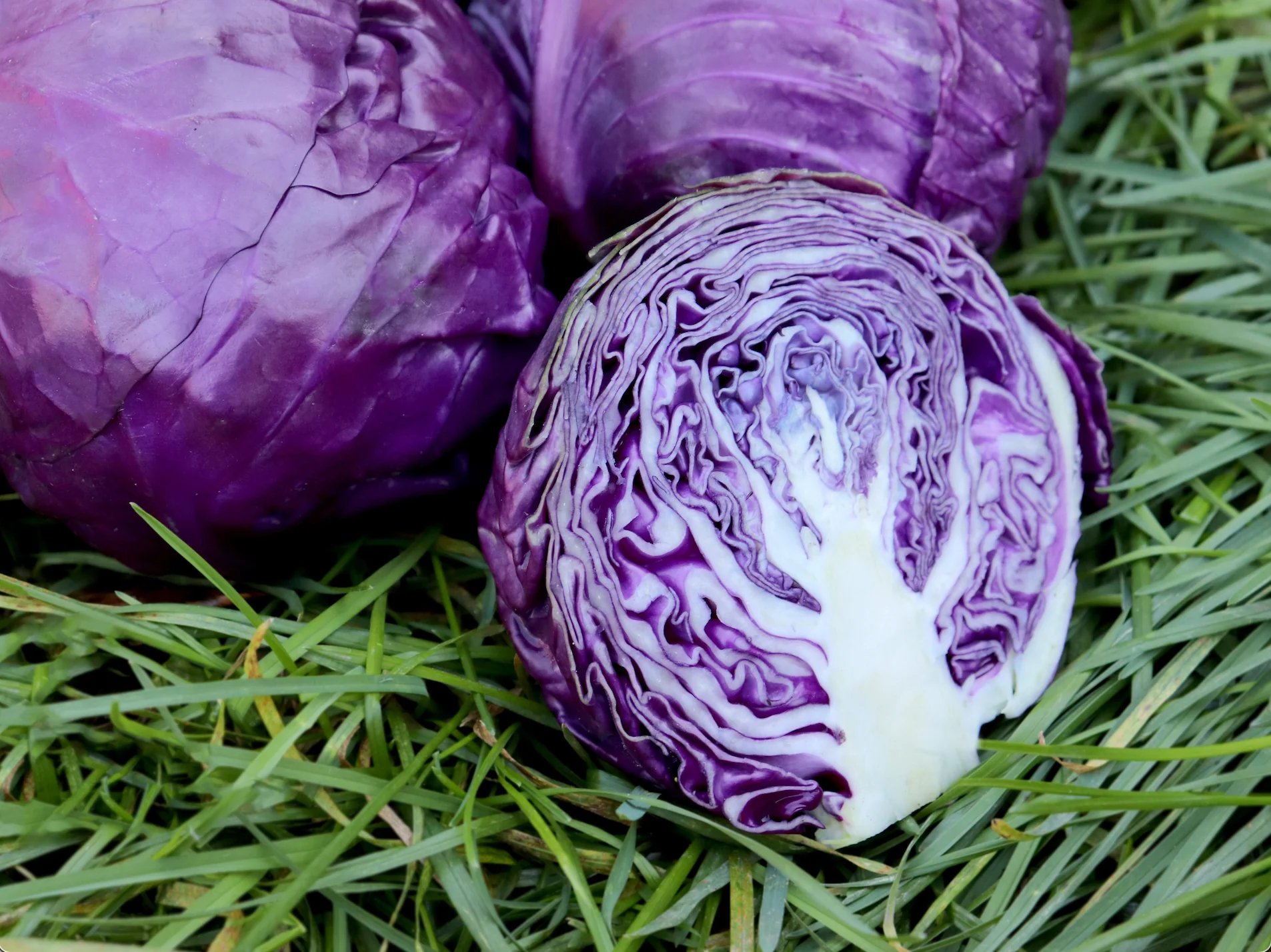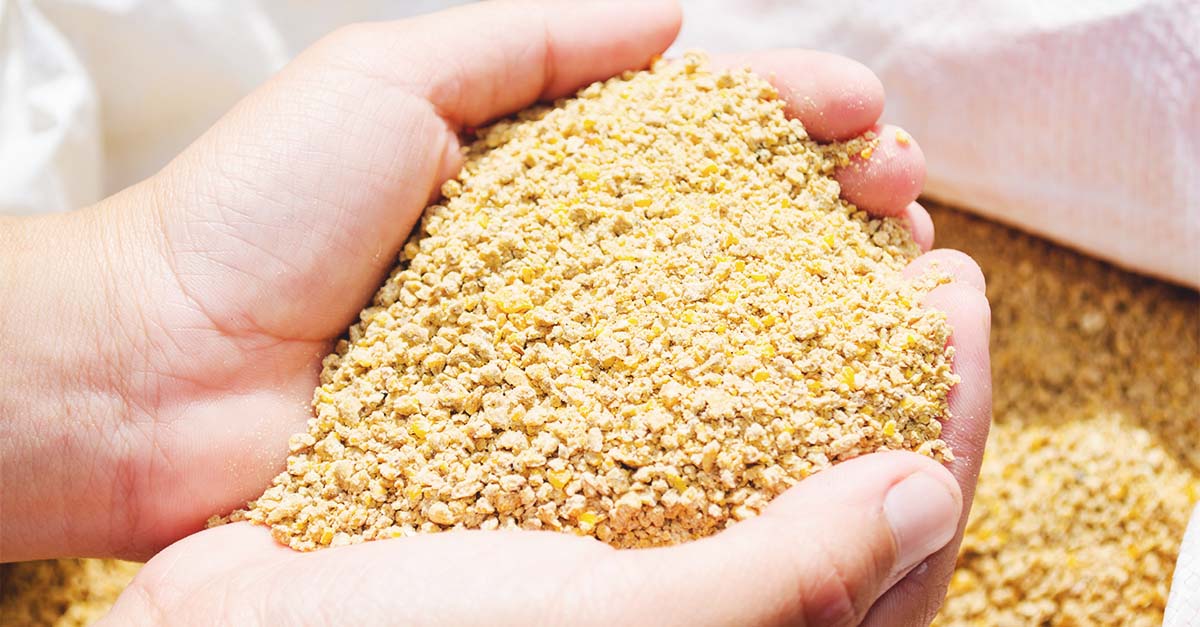Welcome to the World of Beer Fermentation
Are you a beer enthusiast looking to take your passion to the next level? Brewing your own beer can be a rewarding and fulfilling experience, and one of the most important steps in the brewing process is fermentation. Understanding the ins and outs of beer fermentation is crucial to producing a high-quality brew that you can be proud of. In this guide, we’ll walk you through the basics of how to ferment beer at home.
What is Beer Fermentation?
Beer fermentation is the process by which yeast converts the sugars in the wort (unfermented beer) into alcohol and carbon dioxide, creating the characteristic flavors and aromas of beer. This is a crucial step in the brewing process and requires careful attention to detail to ensure a successful outcome.
Steps to Fermenting Beer
When it comes to fermenting beer, there are several key steps to keep in mind:
- Pitching the Yeast: Once the wort has been prepared, it’s time to add the yeast. This can be done by sprinkling the yeast directly onto the wort or by rehydrating it in warm water before adding it to the wort.
- Fermentation Vessel: Transfer the wort to a fermentation vessel, such as a carboy or fermentation bucket. Make sure the vessel is properly sanitized to prevent any unwanted bacteria from spoiling the beer.
- Fermentation Temperature: Maintaining the proper fermentation temperature is crucial for the yeast to do its job effectively. Different yeast strains have different temperature requirements, so be sure to research the specific needs of the yeast you’re using.
- Airlock: Seal the fermentation vessel with an airlock to allow carbon dioxide to escape while preventing oxygen and other contaminants from entering.
- Wait Patiently: Fermentation can take anywhere from a few days to a few weeks, depending on the specific beer style and fermentation conditions. Be patient and allow the yeast to work its magic.
Monitoring the Fermentation Process
During the fermentation process, it’s important to monitor the beer to ensure that everything is progressing as it should. Here are a few key things to keep an eye on:
- Bubbling: The airlock will emit bubbles as the yeast produces carbon dioxide. This is a good sign that fermentation is taking place.
- Hydrometer Readings: Taking regular hydrometer readings can help you track the progress of fermentation and determine when it’s time to move on to the next step in the brewing process.
- Temperature: Keep an eye on the fermentation temperature to ensure that it remains within the optimal range for the yeast you’re using.
Wrapping Up
Once fermentation is complete, it’s time to move on to the next steps in the brewing process, such as conditioning and bottling your beer. By following these guidelines and paying close attention to the fermentation process, you’ll be well on your way to brewing delicious, high-quality beer right in the comfort of your own home.
So, there you have it – a beginner’s guide to fermenting beer. With a little bit of patience and a whole lot of love for the craft, you can create your own unique brew that will impress your friends and family. Cheers to your brewing adventures!
Was this page helpful?
Read Next: How To Ferment Corn Meal

